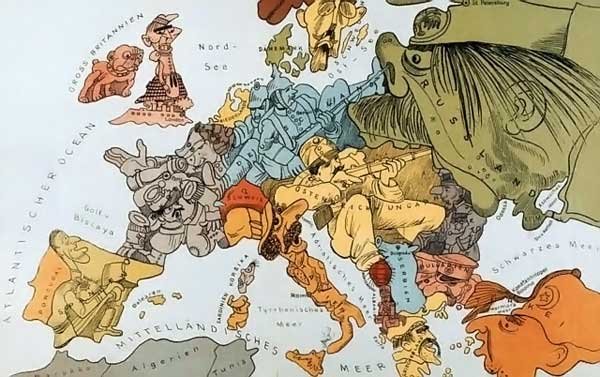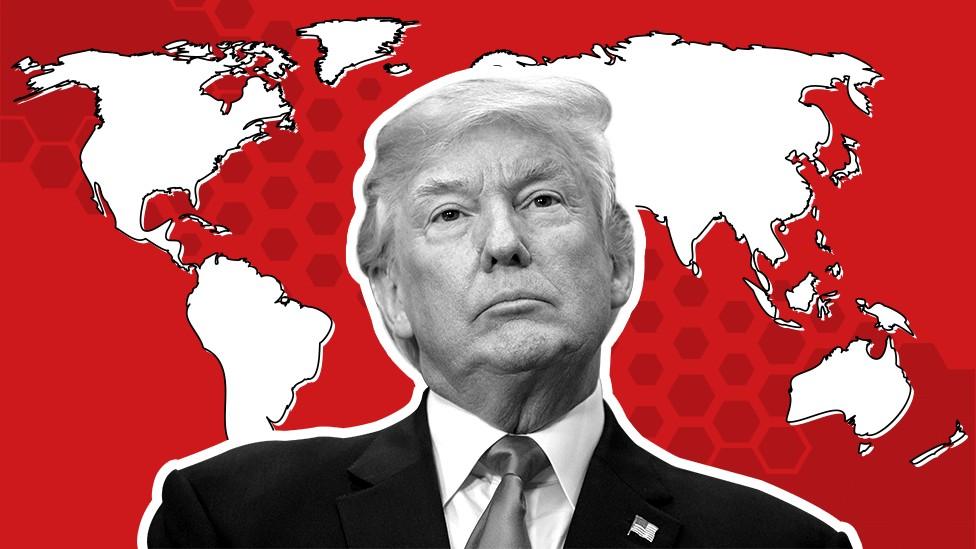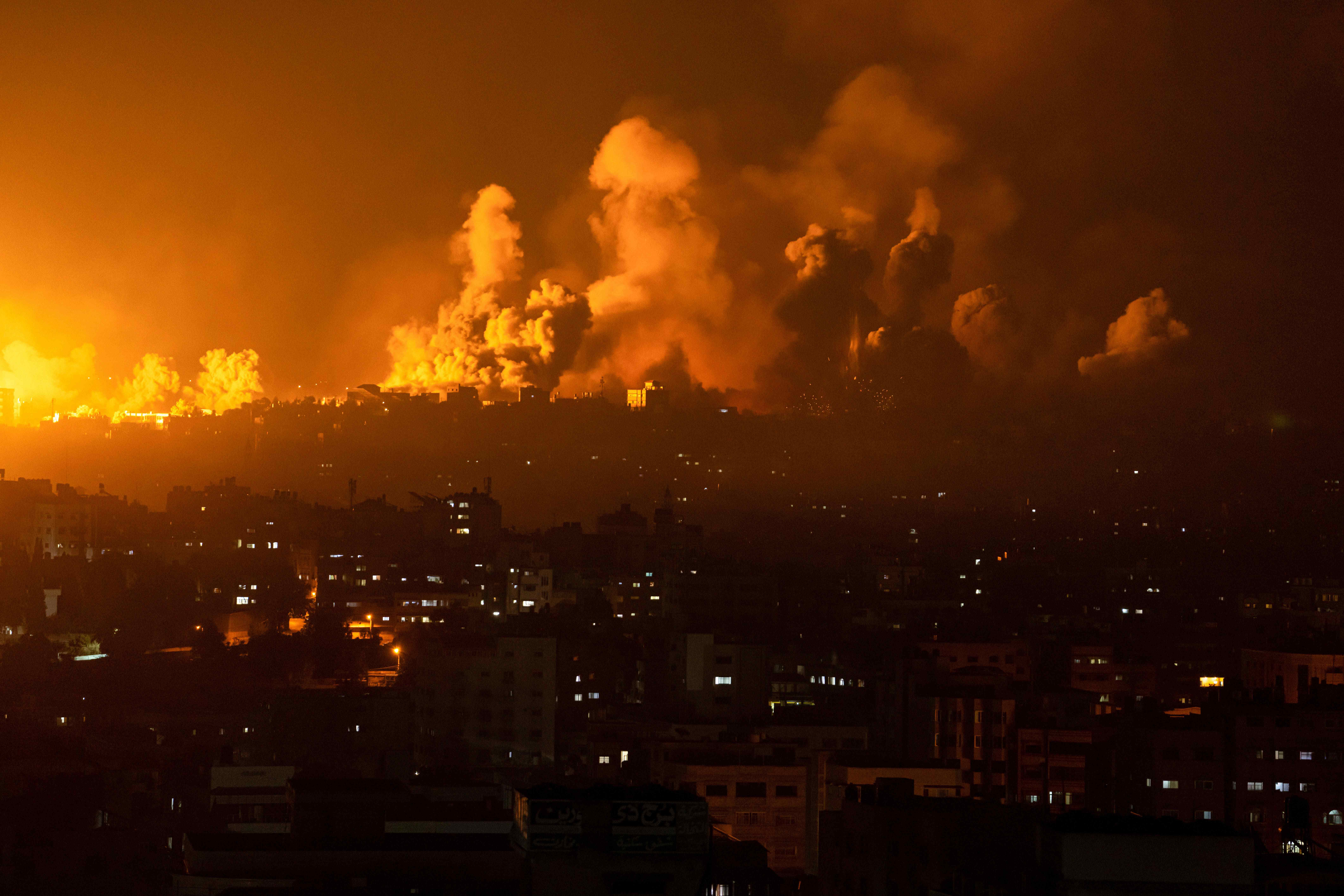Background: Roots of the Conflict
The Israel-Gaza War of 2023 did not emerge in a vacuum. It is the latest escalation in a decades-long struggle between Israel and Palestinian groups, rooted in competing national aspirations over the land historically known as Palestine. Following the 1948 Arab-Israeli War, Israel was established, while the Gaza Strip and West Bank became occupied territories under Egyptian and Jordanian control, respectively. The 1967 Six-Day War saw Israel seize Gaza and the West Bank, initiating an occupation that persists in various forms today.
Hamas, an acronym for the Islamic Resistance Movement, emerged in 1987 during the First Intifada as an offshoot of the Muslim Brotherhood. It combines Palestinian nationalism with Islamist ideology, rejecting Israel’s right to exist and advocating for an Islamic state across historic Palestine. Since violently taking control of Gaza in 2007 from the rival Fatah-led Palestinian Authority, Hamas has governed the enclave under an Israeli blockade, which Israel justifies as a security measure against attacks, but which critics call collective punishment.
Tensions had been simmering for years prior to 2023, with periodic flare-ups—wars in 2008-2009, 2012, 2014, and 2021—killing thousands, mostly Palestinians. The blockade, coupled with poverty (81% of Gazans lived below the poverty line in 2023, according to UNRWA), restrictions on movement, and Israeli settler violence in the West Bank, fueled Palestinian grievances. Hamas framed its October 2023 attack as a response to these conditions, though its scale and brutality stunned the world.
The War Begins: October 7, 2023
On October 7, 2023, during the Jewish holiday of Simchat Torah, Hamas launched “Operation Al-Aqsa Flood,” a meticulously planned assault on southern Israel. Approximately 3,000 Hamas militants breached the Gaza-Israel border using trucks, motorcycles, speedboats, and paragliders, overwhelming Israeli defenses. They attacked military bases, border communities, and a music festival, killing around 1,200 people—mostly civilians—and abducting 251 hostages, including women, children, and the elderly. Simultaneously, Hamas fired thousands of rockets into Israel, reaching as far as Tel Aviv.
The attack was the deadliest single day for Israel in its modern history, evoking comparisons to the 1973 Yom Kippur War. Israeli Prime Minister Benjamin Netanyahu vowed “mighty vengeance,” declaring war on Hamas with twin objectives: dismantle the group and secure the hostages’ release. Israel responded with immediate airstrikes on Gaza, followed by a ground invasion on October 27, initiating one of the most intense bombing campaigns of the 21st century.
The Israeli Military Response
Israel’s retaliation was swift and relentless. The Israeli Defense Forces (IDF) targeted Hamas infrastructure—command centers, tunnels, and rocket sites—often embedded within civilian areas, a tactic Hamas employs to deter strikes. However, the bombardment devastated Gaza’s densely populated neighborhoods, flattening homes, schools, and hospitals. By early 2025, Gaza’s Hamas-run health ministry reported over 46,700 deaths, predominantly civilians, though the figures are contested due to the fog of war and limited independent verification.
The ground invasion progressed slowly, with fierce urban combat in cities like Gaza City, Khan Younis, and Rafah. Israel aimed to eliminate Hamas’s military capabilities, but the group’s extensive tunnel network and guerrilla tactics prolonged the conflict. A brief ceasefire in November 2023, mediated by Qatar and Egypt, saw Hamas release 105 hostages in exchange for 240 Palestinian prisoners, alongside limited humanitarian aid entering Gaza. Yet, the truce collapsed within a week, with both sides blaming each other.
The Killing of Yahya Sinwar: A Turning Point
A pivotal moment came on October 17, 2024, when Israel announced the death of Yahya Sinwar, Hamas’s top leader in Gaza and the mastermind of the October 7 attack. Sinwar, who had led Hamas in Gaza since 2017, was killed by IDF soldiers in southern Gaza during a chance encounter. He had been Israel’s most wanted man, accused of orchestrating the 2023 assault that ignited the war. Israel’s Foreign Minister confirmed the killing, though Hamas initially did not, reflecting the group’s disarray.
Sinwar’s death followed the assassination of Ismail Haniyeh, Hamas’s political leader, in July 2024 in Tehran—an attack widely attributed to Israel. Haniyeh, based in Qatar had been a key negotiator in ceasefire talks. Sinwar, by contrast, was a hardliner, believed to have directed operations from Gaza’s tunnels. His elimination was hailed by Netanyahu as “the beginning of the end” of the war, though it did not immediately halt hostilities.
After Sinwar’s death, Hamas appointed a five-member committee to lead the group temporarily, including Khalil al-Hayya, Khaled Meshaal, and others, until a new leader could be elected. The loss of Sinwar and other commanders—such as Ayman Nofal, killed in October 2023—severely weakened Hamas’s operational capacity in Gaza, though its ideological resolve persisted.
The Humanitarian Crisis: A Catastrophe Unfolds
The war’s toll on Gaza’s 2.3 million residents has been catastrophic, amplifying an already dire humanitarian situation. Israel’s blockade tightened after October 7, restricting food, water, fuel, and medical supplies. Airstrikes and ground operations displaced over 90% of the population, with many fleeing to Rafah, initially designated a “safe zone.” By mid-2024, even Rafah was under attack, shattering hopes of refuge.
Gaza’s health system collapsed by November 2023, with hospitals like Nasser in Khan Younis overwhelmed and under-resourced. The UN reported that 30% to 61% of Gaza’s structures were destroyed or damaged, leaving entire neighborhoods uninhabitable. Famine-like conditions gripped the enclave, with half the population facing starvation by early 2025, according to aid agencies. Children bore the brunt, with thousands killed, injured, or orphaned.
After months of stalled talks, a breakthrough came in January 2025. On January 15, Qatar’s prime minister announced that Israel and Hamas had agreed to a ceasefire and hostage release deal, effective January 19. The first six-week phase halted fighting, aimed to surge humanitarian aid into Gaza, and facilitated the release of the remaining 94 hostages (60 presumed alive) in exchange for about 1,900 Palestinian prisoners. Israel’s cabinet approved the deal despite opposition from far-right ministers, reflecting domestic pressure to end the war.
The ceasefire, while a relief, was tenuous. Hamas’s weakened state and Israel’s insistence on retaining security control over Gaza raised doubts about its longevity. The deal did not resolve underlying issues—occupation, blockade, or Palestinian statehood—ensuring the conflict’s root causes remain unaddressed.
Broader Implications and Conclusion
The Israel-Gaza War of 2023 reshaped the Middle East. It strained Israel’s relations with allies like the U.S., where Biden faced a rift with Netanyahu over Rafah, and sparked regional tensions, including exchanges with Hezbollah in Lebanon and Iran’s proxies. For Palestinians, it was the deadliest war in their history, dubbed by some a “second Nakba.”
The killing of Yahya Sinwar symbolized Israel’s military success against Hamas’s leadership, yet the group’s ideology endures, scattered across Qatar, Lebanon, and Turkey. On the humanitarian front, Gaza’s plight—a “living nightmare,” per the UN—demands urgent global action, though political will remains fractured.
As of March 15, 2025, the ceasefire holds, but peace is elusive. The war exposed the limits of military solutions and the human cost of unresolved grievances. Without addressing the occupation and blockade, the cycle of violence risks repeating, leaving Gaza’s survivors—and the region—in perpetual limbo.







Comments